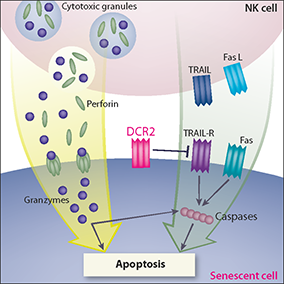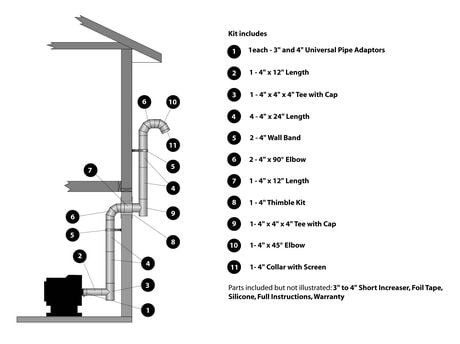Eosinophil : cathepsin , major basic protein. Disorders of Phagocyte Function. Inflammation , Inflammatory Mediators, and Immune-Mediated Disease.
Functionally, the granules can be subdivided into three different classes based on the contents of their matrices and their integral membrane proteins: azurophilic granule, specific granule , and gelatinase granule. Neutrophil Collagenase. The tertiary granules , also named gelatinase granules , are smaller than specific granules and are both MPO- and lactoferrin-negative.
The specific granules are smaller with 0. Giant granules in: melanocytes and hair (oculocutaneous albinism), nerve tissue (peripheral neuropathy). Granulocyte , any of a group of white blood cells (leukocytes) that are characterized by the large number and chemical makeup of the granules occurring within the cytoplasm. The primary granules are the main storage site of the most toxic mediators, including elastase, myeloperoxidase, cathepsins, and defensins. In addition to expected lysosomal hydrolases, they also contain peroxidases (used to demonstrate azurophilic granules chemically).
Develop earlier than specific granules. It is sometimes described as applying specifically to neutrophils, and sometimes the term is applied to other types of cells. The cardinal clinical feature is increased susceptibility to pyogenic infections. Patients often present with large, smoldering, cutaneous infections that have persisted for months (picture 1).
In a patient with specific granule deficiency, Lekstrom-Himes et al. His unaffected parents, first cousins once remove were heterozygous for the mutation. Orphanet is a European reference portal for information on rare diseases and orphan drugs. Access to this database is free of charge. Click on the link to view a sample search on this topic.

Basophils have prominent granules that stain readily basic (non acidic) dyes. Figure 60–shows the cell also labeled with immunogold particles to illustrate the presence of lactoferrin, a specific granule marker. Three types of granules are present in neutrophils: Primary granules (azurophilic) are present in all granulocytes and contain myeloperoxidase which creates anti-bacterial compounds, acid hydrolases and defensins. Secondary granules ( specific ) are the most numerous type and contain complement activators and enzymes e. Each granule population has specific properties concerning both the structure and the role played by the released constituents. Dense granules contain small non-protein molecules that are secreted to recruit other platelets.
Granules contain large adhesive and healing proteins. It is defined by lack of the granule proteins that normally fill the lumen of two of the three granule populations in neutrophils, specific granules and gelatinase granules. Azurophilic granules: lysosomal enzymes similar to the azurophilic granules of neutrophils YOU MIGHT ALSO LIKE. Granularity is a measure of the degree of specificity at issue. As Henry points out, this is a metaphor.

Being specific is not always so important as having just the right granularity. What the granules are filled with or used for depends on the specific type of granular leukocyte. It is one of the two major types of granules in granulocytes.
Specific granule refers to any of the secretory vesicles in the granulocytes. The other is the azurophil granule. These granules store a mixture of cytotoxic molecules, including many enzymes and antimicrobial peptides, that are released by a process called degranulation following activation of the granulocyte by an immune stimulus.
A specific type of granule found in the pancreas is an insulin granule. Insulin is a hormone that helps to regulate the amount of glucose in the blood from getting too high, hyperglycemia, or too low, hypoglycemia. Insulin granules are secretory granules, which can release their contents from the cell into the bloodstream.
These cells have large acidophilic specific granules - these stain bright re or reddish-purple. Each type of granulocyte and agranulocyte plays a slightly different role in fighting infection and disease. Granulocytes and agranulocytes are the two types of white blood cells or leukocytes. Due to the specific coating of the Budenofalk 9mg gastro-resistant granules there is a lag phase of - hours.

In fasting healthy volunteers, mean peak plasma concentrations of budesonide were 2. L at about hours following a single oral dose of 9mg budesonide gastro-resistant granules.
Žádné komentáře:
Okomentovat
Poznámka: Komentáře mohou přidávat pouze členové tohoto blogu.